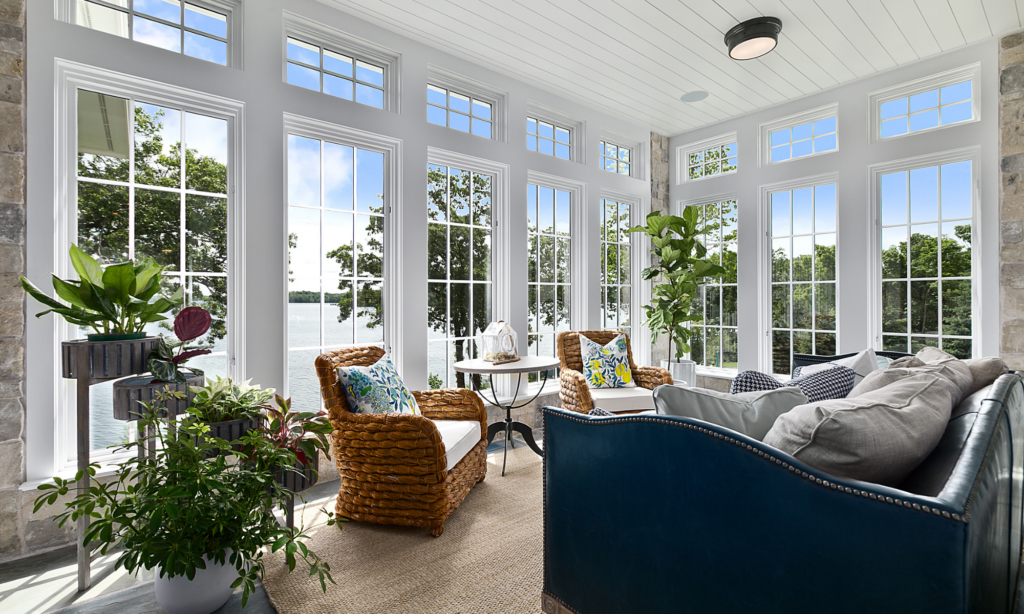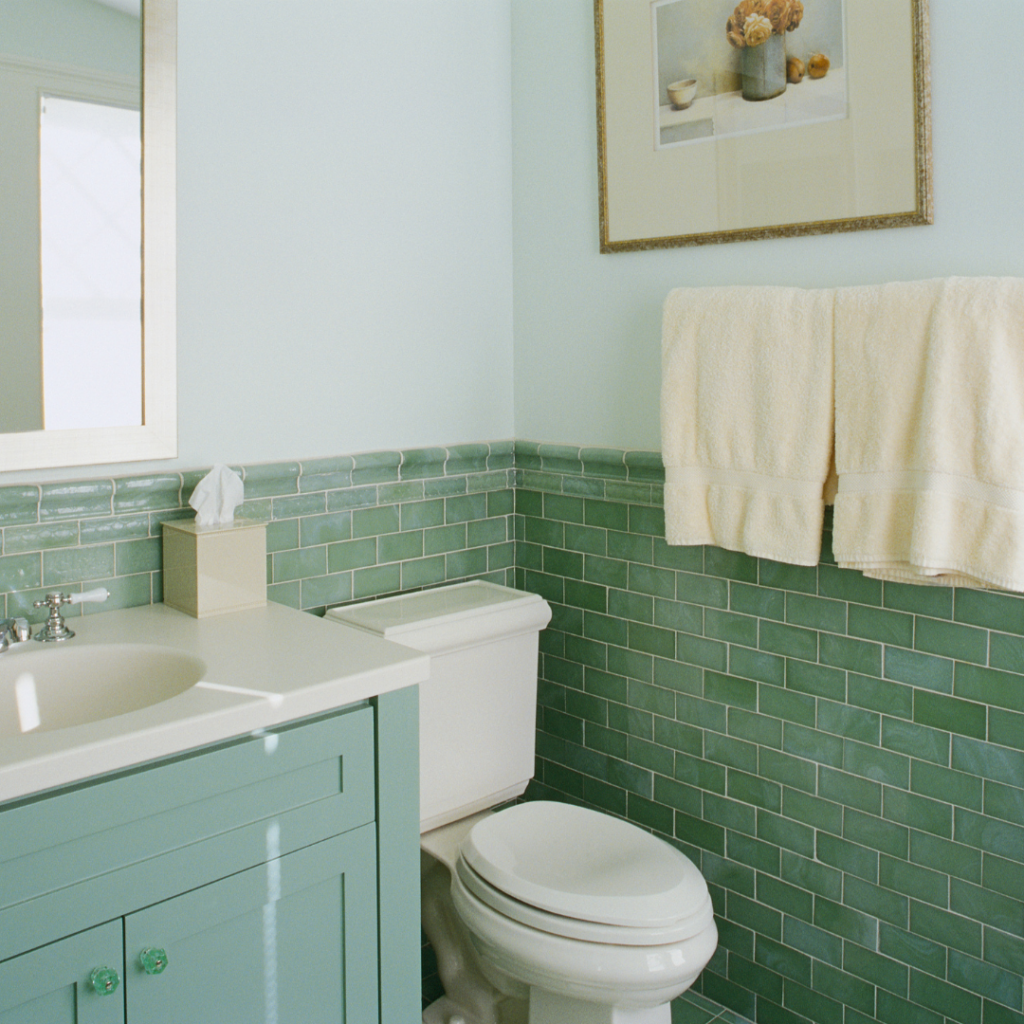Choosing the right flooring for your bathroom is about more than looks; it’s about finding a material that can handle moisture, provide safety, and stand up to daily wear. With so many options available, it’s important to understand the pros and cons of each before making a decision. Whether renovating a guest bath or upgrading a master suite, the right floor can add style, comfort, and value. Here are some of the best bathroom flooring materials to consider.

1. Porcelain or Ceramic Tile
Porcelain and ceramic tiles are popular choices for bathrooms because they’re highly water-resistant, durable, and easy to clean. Available in a wide range of styles and colors, they can mimic natural stone, wood, or concrete. They’re also budget-friendly and long-lasting. Porcelain, in particular, is denser and less porous than ceramic, making it even more water-resistant. Keep in mind that tiles can feel cold and hard underfoot, so consider adding heated floors for extra comfort.
2. Luxury Vinyl Plank (LVP)
Luxury vinyl plank offers the beauty of wood with the practicality of waterproof materials. It’s softer and warmer underfoot than tile and can be installed as a floating floor. LVP is also easy to maintain and less expensive than natural materials. It’s available in various styles that closely resemble hardwood or stone. Plus, many modern versions are scratch- and dent-resistant, making them ideal for high-traffic bathrooms.
3. Natural Stone
Natural stone like slate, marble, or travertine adds a touch of elegance and luxury to any bathroom. It’s durable and holds up well to moisture when properly sealed. However, stone can be more expensive and may require periodic maintenance. It can also be slippery when wet, so textured or honed finishes are recommended for safety. Stone is ideal for homeowners looking to create a spa-like atmosphere with timeless appeal.
4. Engineered Wood
While solid hardwood isn’t recommended for wet environments, engineered wood is more stable and can be used in bathrooms with proper sealing. It offers the warmth and natural beauty of wood. However, it still requires caution with water exposure and careful installation to prevent damage. Engineered wood has a top layer of real hardwood, bonded to a moisture-resistant core, which gives it better dimensional stability. It’s a good choice for half baths or powder rooms where moisture levels are lower.

Choosing the right bathroom flooring balances style, durability, and moisture resistance. With the right material, you can create a beautiful, functional space that lasts for years. Always consider your budget, lifestyle, and how much maintenance you’re willing to commit to before making a final decision.
How Much Can New Windows Save on Energy Bills?
When homeowners consider improving energy efficiency, windows are often overlooked in favor of larger upgrades, such as…
What to Expect During a Roof Replacement
Replacing your roof may feel like a daunting project, but with the right expectations, the process becomes…
Bathroom Remodeling on a Budget: Where to Save and Where to Spend
Remodeling a bathroom is one of the best ways to update your home’s style, comfort, and resale…



